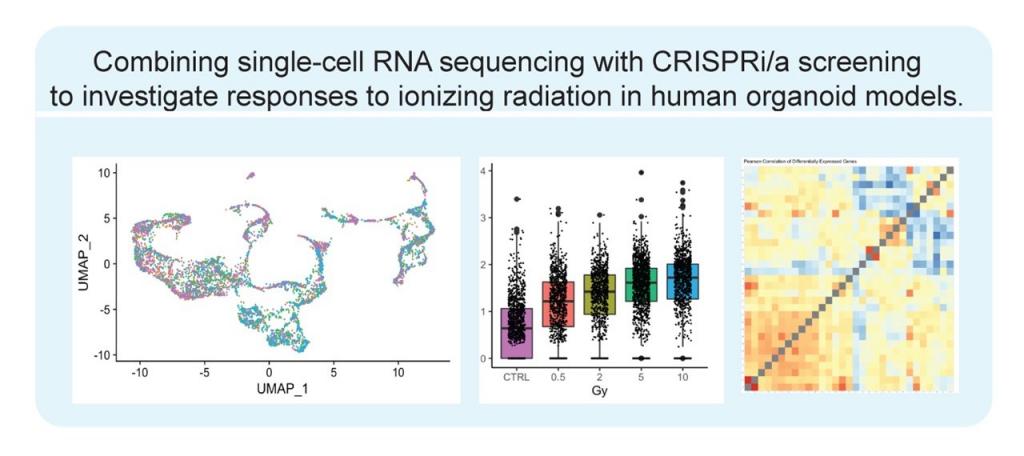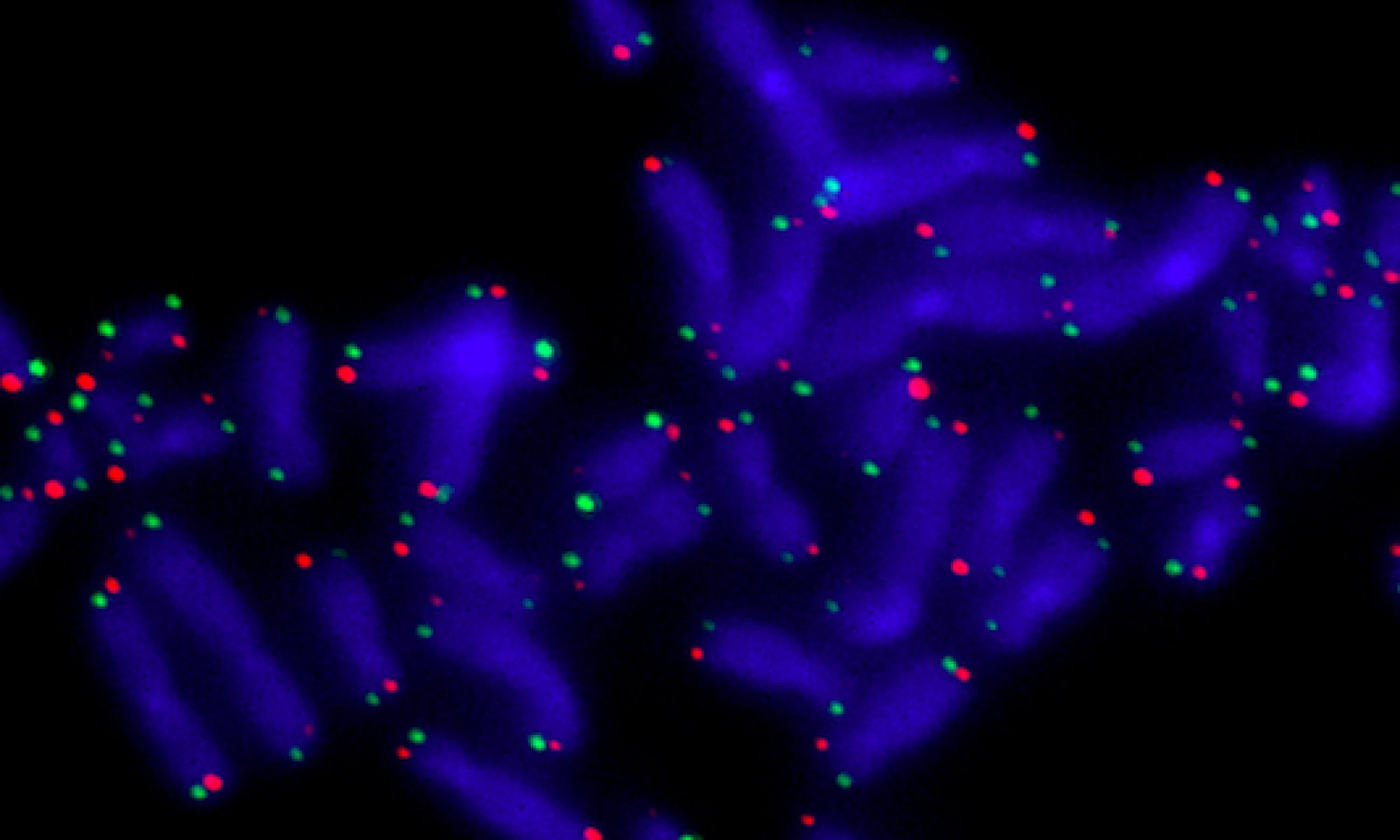Research Focus 2: Developing Tools to Study Cell Biology in Primary Human Organoids

While mouse models of cancer have provided important insights into basic mechanisms, key differences in tumor biology between mice and humans have impeded the translation of these findings into successful therapeutics. For example, mice and humans differ in their tumor spectra: while common laboratory mouse strains develop cancers primarily in mesenchymal tissues such as lymphomas and sarcomas, most human tumors develop from epithelial cells and lead to carcinomas. Such fundamental differences between mice and humans are not restricted to cancer biology but can be identified in almost all aspects of biology, like neural development and degeneration, (more examples). Over the last few years, my lab has developed robust protocols to edit and differentiate hPSCs into a variety of human cell types and tissue organoids. Together with our collaborators, we leverage these cell systems to enable studies that address questions about human cell biology and diseases that require a human primary cell system. Our overall goal is to develop better cell model systems that can be used to uncover the mechanisms of human disease and to identify points of vulnerability for novel therapeutics.
